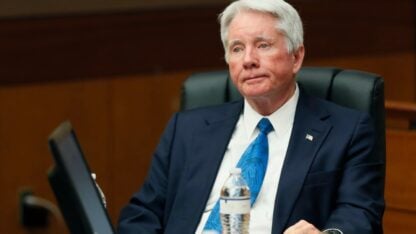In Georgia, the rubber is starting to meet the road on the Clean Power Plan, the federal rule that requires states to cut their greenhouse gas emissions by closing coal-fired power plants.
The U.S. Environmental Protection Agency released the final version of the rule in August, after reviewing millions of public comments. Under the plan, the EPA tells each state how much it has to reduce its carbon emissions, but it’s up to the states themselves to work out a plan to do it.
By 2030, Georgia will have to cut emissions from existing power plants by about 34 percent from 2012 levels, but the state has options in how to achieve those cuts, and that’s what regulators are now grappling with.
“So much is at stake with the choices that are going to be made,” said Marilyn Brown, a professor of public policy at Georgia Tech.
The first decision Georgia will have to make is whether it wants to cut emissions by mass, essentially eliminating a set number of tons of carbon, or by rate, which would require only emitting a certain amount of carbon per megawatt hour.
Then comes more questions: How much focus should go toward nuclear power versus natural gas versus renewables? How much can efforts to improve energy efficiency help? What approach will be best for Georgia’s economy? What about the effects on low-income people or small businesses? Should Georgia collaborate with other states to try and reach its emissions reductions goals?
Georgia doesn’t have those answers yet.
“We know how to regulate air emissions, but this goes beyond just regulating air emissions,” said Karen Hays, chief of the Air Protection Branch of Georgia’s Environmental Protection Division. At a town hall meeting Monday held at Georgia Tech, Hays said the EPD can’t do it all alone.
“That’s something that we realized right away,” Hays said.
She said her agency is working with other state agencies, the U.S. EPA, utilities, renewable energy companies, nonprofits and energy-efficiency experts. “We need a lot of people in here helping us do this.”
The EPD is having its first stakeholder meeting on the plan since the final rule was released, on Oct. 8.









